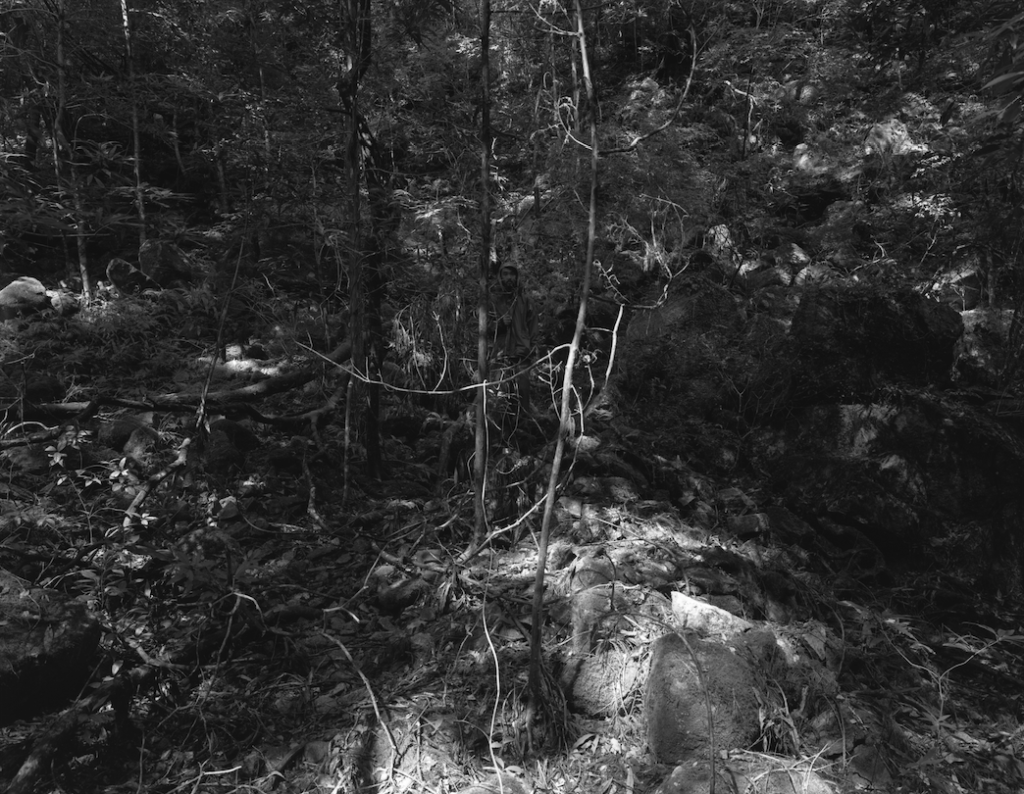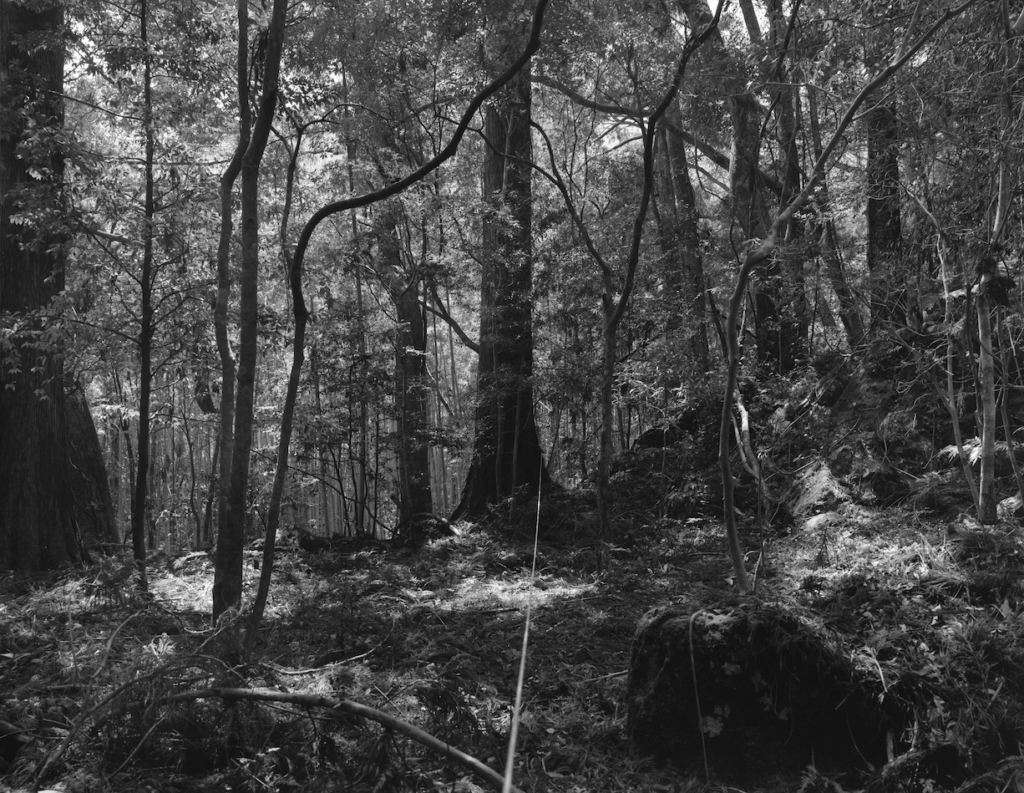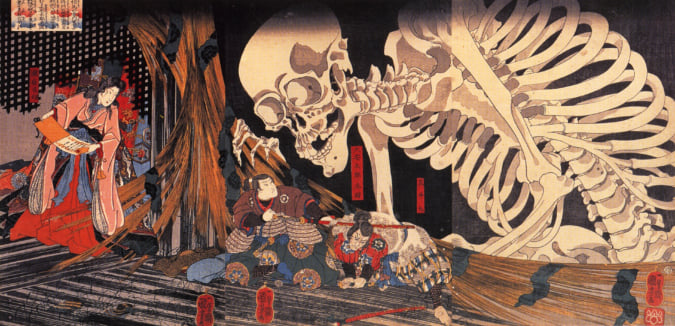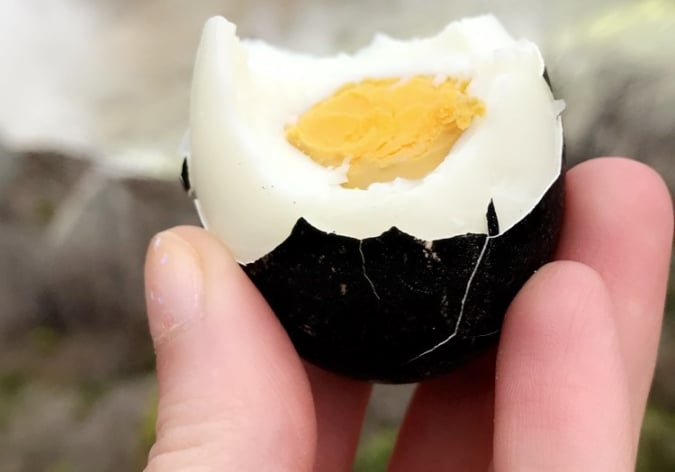Wataru Yamamoto Drawing a Line Through Dark Trees
Deep in the sacred forests of Kumano, the photographer investigates the space that hovers between man and nature.

Courtesy of Wataru Yamamoto
The forest in Kumano where the series Drawing a Line was shot is also home to the Kumano Kodo, an ancient pilgrimage site, criss-crossed by sacred trails. ‘The first time, I went alone, with the desire to become one with the woods. In the photographs, I had the feeling of living together with the forest, and this gave me a great sense of satisfaction’, writes Wataru Yamamoto in his book. By the time the photographer set out for his second photoshoot, however, the psychological and geographical landscape had changed, informed by the Fukushima earthquake and tsunami disaster of 2011.
Tokyo-based artist Wataru Yamamoto was born in 1983 in Tochigi. With his 2012 publication, the photographer places himself at the centre of his images with a series of self portraits taken in the heart of the Kumano forest, captured between October 2010 and March 2011. Taking nature as the primary focus within his work, Wataru Yamamoto is particularly interested in the unmediated relationship between man and nature, exemplified in this body of work.
Everything Shifts
Shot in high contrast black and white, the photographer is barely visible in the photographs, blending into the dense vegetation that surrounds him—the cable release, however, is an immediate indicator of his presence. Known for his experimental technique, the photographer’s cable release becomes both a central concept and a compositional element in the artist’s endeavour to depict the spaces between man and nature.
The photographer continued his work on natural environments in 2013 with a solo exhibition, Plane Tree Observations, at Yumiko Chiba Associates, an experiment in Kirlian photographs that were once used for observing the auras of plants.
Drawing a Line (2012), a photo book by Wataru Yamamoto, is published by MCV MCV.

Courtesy of Wataru Yamamoto

Courtesy of Wataru Yamamoto
TRENDING
-
Gashadokuro, the Legend of the Starving Skeleton
This mythical creature, with a thirst for blood and revenge, has been a fearsome presence in Japanese popular culture for centuries.

-
The Tattoos that Marked the Criminals of the Edo Period
Traditional tattoos were strong signifiers; murderers had head tattoos, while theft might result in an arm tattoo.

-
The Tradition of the Black Eggs of Mount Hakone
In the volcanic valley of Owakudani, curious looking black eggs with beneficial properties are cooked in the sulphurous waters.

-
Recipe for Ichiraku Ramen from ‘Naruto’ by Danielle Baghernejad
Taken from the popular manga with the character of the same name who loves ramen, this dish is named after the hero's favourite restaurant.

-
Tatsuro Yamashita, King of City Pop
The visionary pop singer and producer, who endowed the Japanese tech-boom as a utopian escape for future generations.





